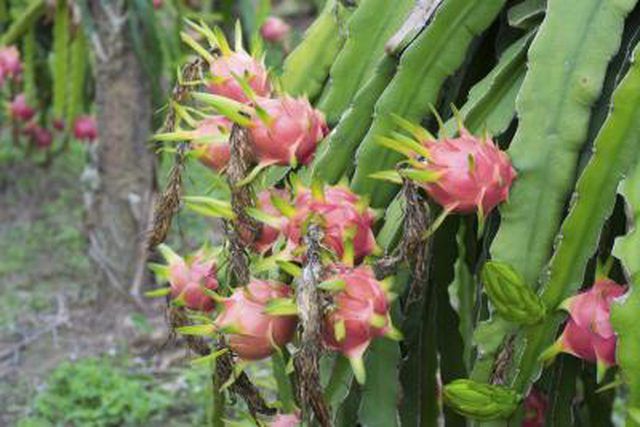Bulbs
Flower Basics
Flower Beds & Specialty Gardens
Flower Garden
Garden Furniture
Garden Gnomes
Garden Seeds
Garden Sheds
Garden Statues
Garden Tools & Supplies
Gardening Basics
Green & Organic
Groundcovers & Vines
Growing Annuals
Growing Basil
Growing Beans
Growing Berries
Growing Blueberries
Growing Cactus
Growing Corn
Growing Cotton
Growing Edibles
Growing Flowers
Growing Garlic
Growing Grapes
Growing Grass
Growing Herbs
Growing Jasmine
Growing Mint
Growing Mushrooms
Orchids
Growing Peanuts
Growing Perennials
Growing Plants
Growing Rosemary
Growing Roses
Growing Strawberries
Growing Sunflowers
Growing Thyme
Growing Tomatoes
Growing Tulips
Growing Vegetables
Herb Basics
Herb Garden
Indoor Growing
Landscaping Basics
Landscaping Patios
Landscaping Plants
Landscaping Shrubs
Landscaping Trees
Landscaping Walks & Pathways
Lawn Basics
Lawn Maintenance
Lawn Mowers
Lawn Ornaments
Lawn Planting
Lawn Tools
Outdoor Growing
Overall Landscape Planning
Pests, Weeds & Problems
Plant Basics
Rock Garden
Rose Garden
Shrubs
Soil
Specialty Gardens
Trees
Vegetable Garden
Yard Maintenance
How to Grow Dragon Fruit
How to Grow Dragon Fruit . Flaunting 1-foot night-blooming flowers, dragon fruit plants (Hylocereus and Selenicereus spp.) more closely resemble the princess in a fairy tale than the monster. The “dragon” in their name actually refers to the dark pink, yellow, or green scales which protect their fruits. With white, pink, red or magenta...

Flaunting 1-foot night-blooming flowers, dragon fruit plants (Hylocereus and Selenicereus spp.) more closely resemble the princess in a fairy tale than the monster. The "dragon" in their name actually refers to the dark pink, yellow, or green scales which protect their fruits. With white, pink, red or magenta pulp dotted with black seeds, those fruits ripen one to two months after the plants bloom. Climbing cacti with aerial roots, dragon fruits can live outdoors in U.S. Department of Agriculture plant hardiness zones 9 to 12 and be cultivated as houseplants elsewhere.
Cut and Dried
Dragon fruit plants are usually started from cuttings rather than seeds, since cuttings flower more quickly. Select three or four sections of stem that are 6 to 15 inches long. When severing the sections from the mother plant, cut at a slight slant. Allow the cuttings to lie, uncovered, in a cool, dark place for a week until their cut edges have hardened. Then insert the bases of the cuttings about 2 inches deep into a 1-gallon pot filled with slightly damp cactus soil, packing the soil tightly around them until they stand upright. Keep the pot in a bright spot out of direct sun, misting the cuttings every other day, until new growth indicates that they have rooted. Then move the cuttings into partial sun, shifting them gradually into full sun about four months after their rooting.
Stakeout
Wait until the cuttings are at least four months old before planting them outdoors. Choose a site in full sun near a sturdy support. Commercial growers frequently use posts that are 4 to 6 inches in diameter and about 5 feet high after they have been set in the ground. Plant three or four rooted cuttings around the stake, replacing about one-third of the soil with composted manure and another third with sand. Tie the cuttings to the stake with garden twine, water them well and mulch them with several inches of chopped bark, keeping the mulch at least 8 inches away from their stems. Continue to water the plant as necessary, making sure it gets at least 1/2 to 1 inch of water per week. Rake the mulch back to strew about 4 pounds of composted manure and 1/4 pound of 6-6-6 granular organic fertilizer around the stake in June. Repeat the 1/4-pound fertilizer application once every two months until October.
Go to Pot
To grow a dragon fruit plant indoors, fill a 16- to 18-inch-diameter pot with cactus potting soil, and embed a heavy stake in its center. After planting three or four rooted cuttings around that stake, tie them to it and and water them thoroughly. Place the pot near a sunny window and water it again only when the surface of its soil feels dry to the touch. Fertilize an indoor plant monthly with 10-10-5 liquid plant food in April and May, mixing 1 tablespoon of the plant food per gallon of water. Afterwards, feed it monthly with 0-10-10 liquid plant food from June until October, using the same amount. Donít fertilize the plant at all from November through March.
Train Your Dragon
As the cuttings grow, either indoors or outdoors, prune off all their side-shoots until their stems reach the top of the stake. Then snip off the tips of those stems so that they will branch out, with those branches dangling down from the stakeís crown like a head of hair. After a mature plant has finished flowering in the fall, prune out weak or dead growth and the branches that bloomed that year, allowing new ones to dangle down to replace them.